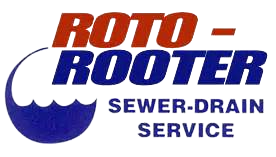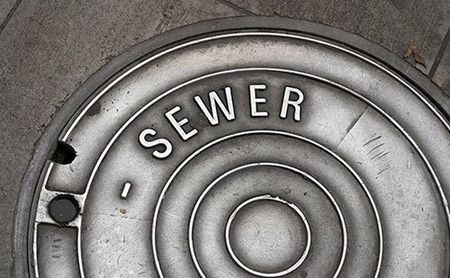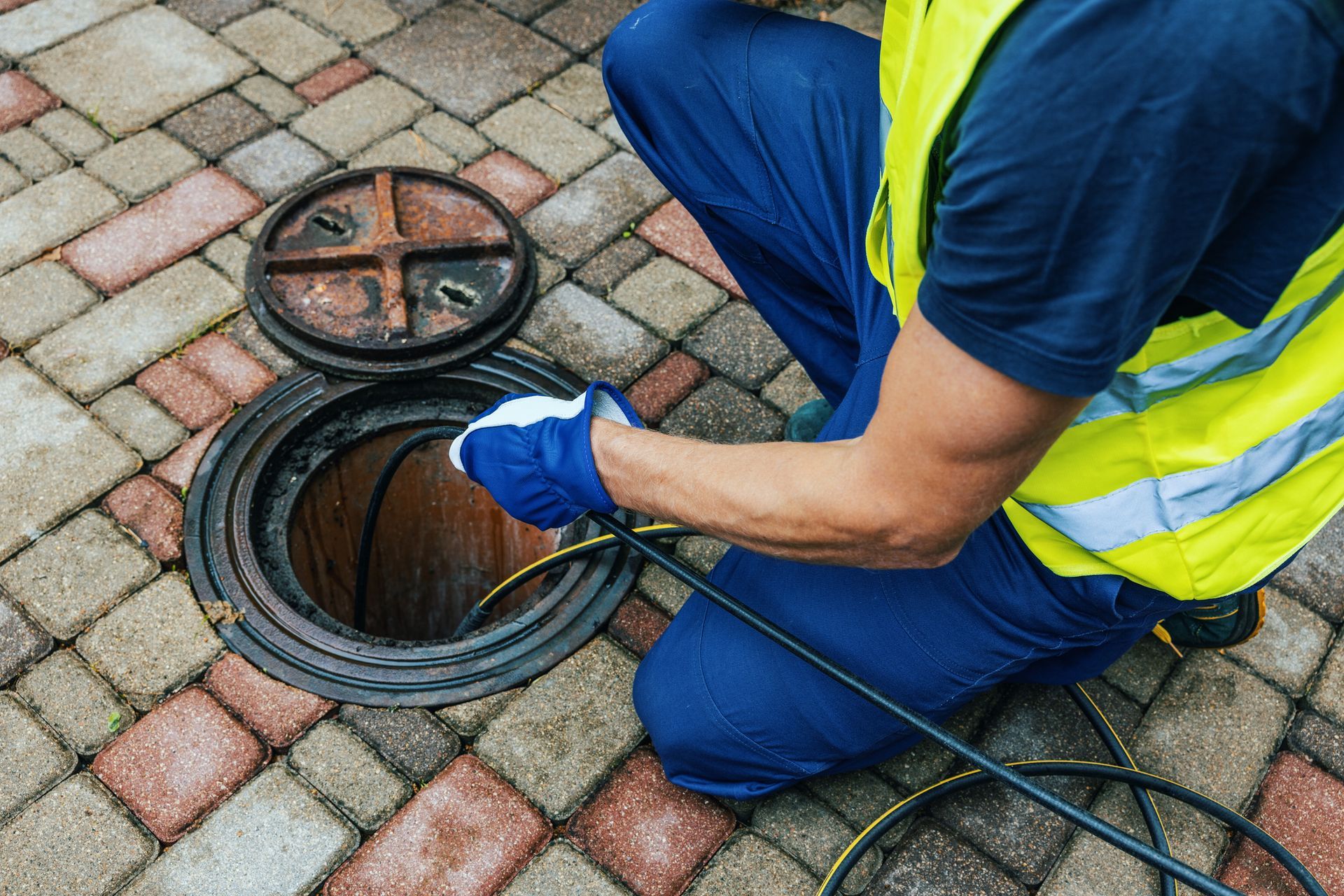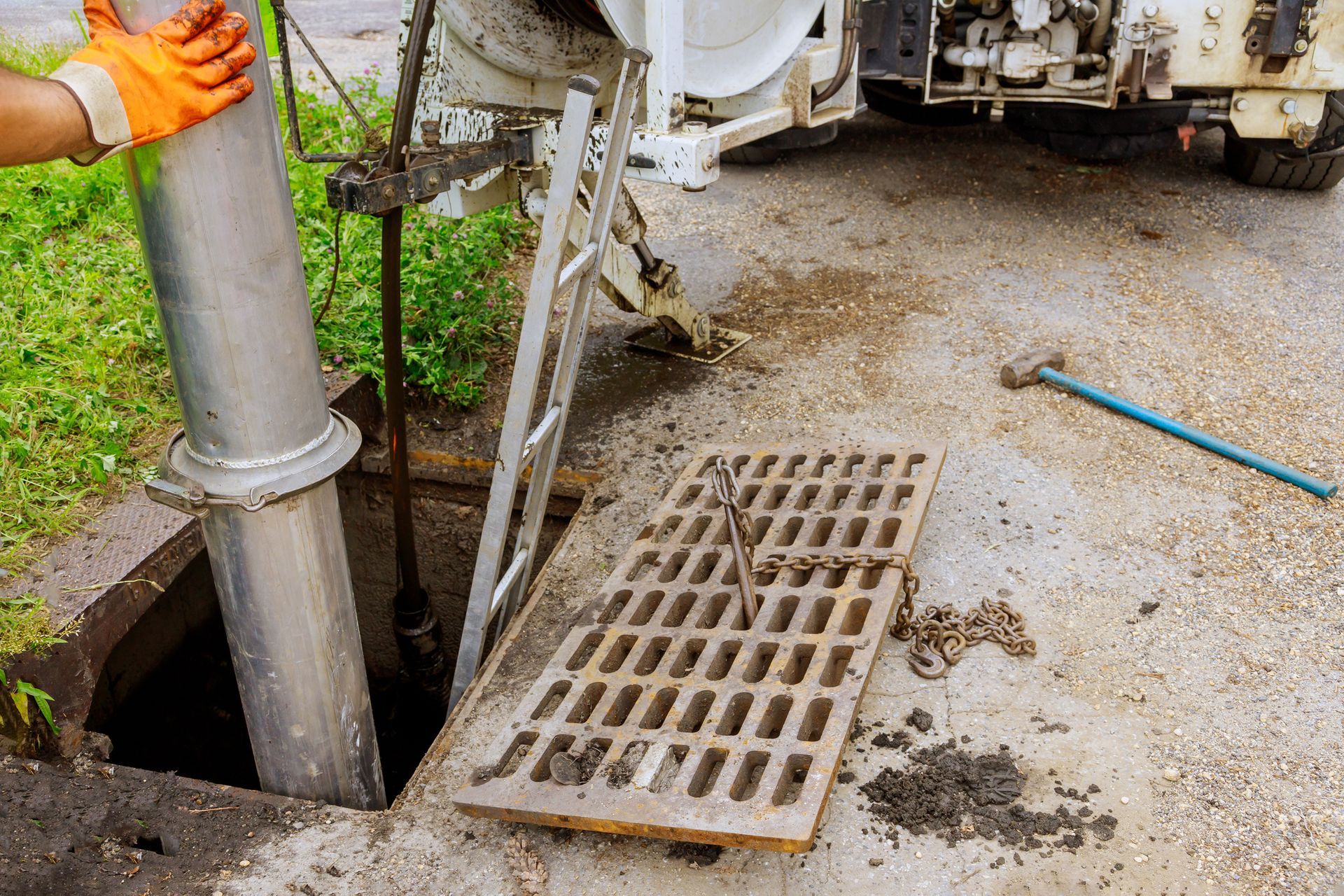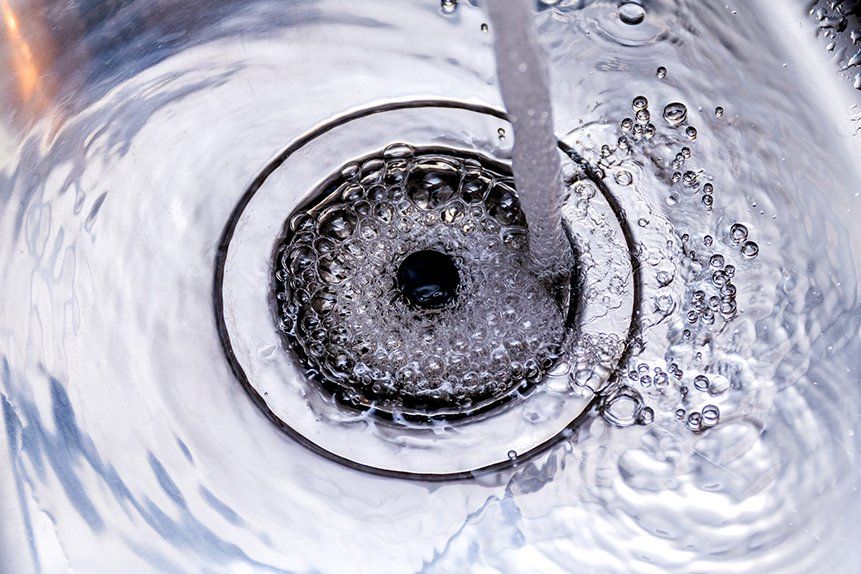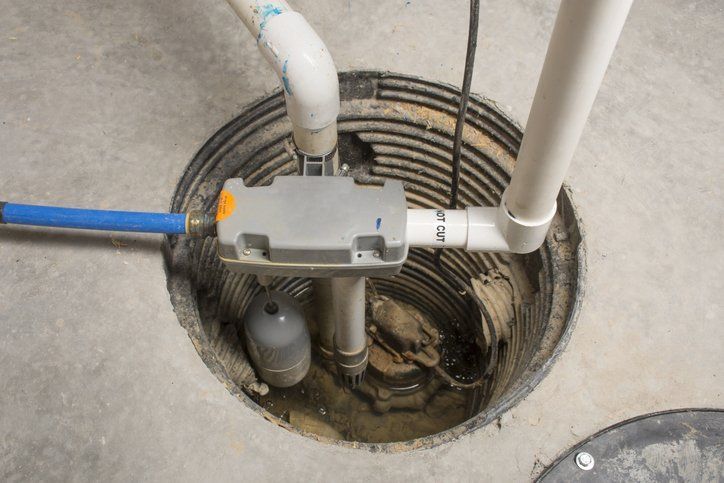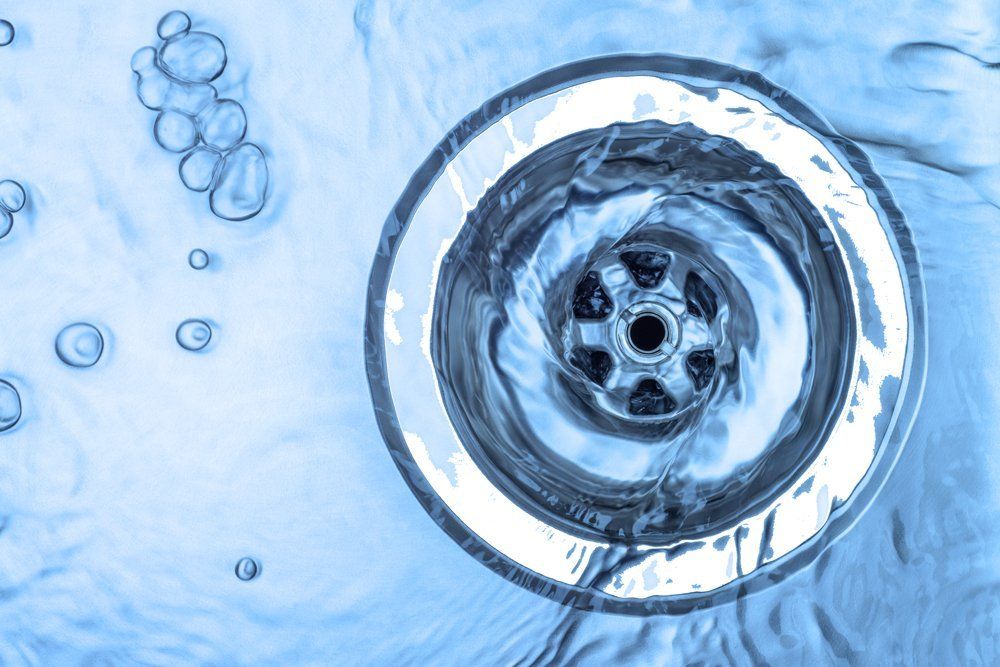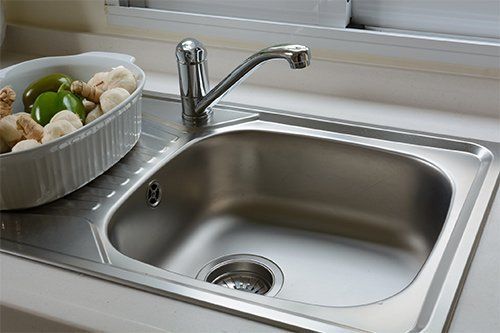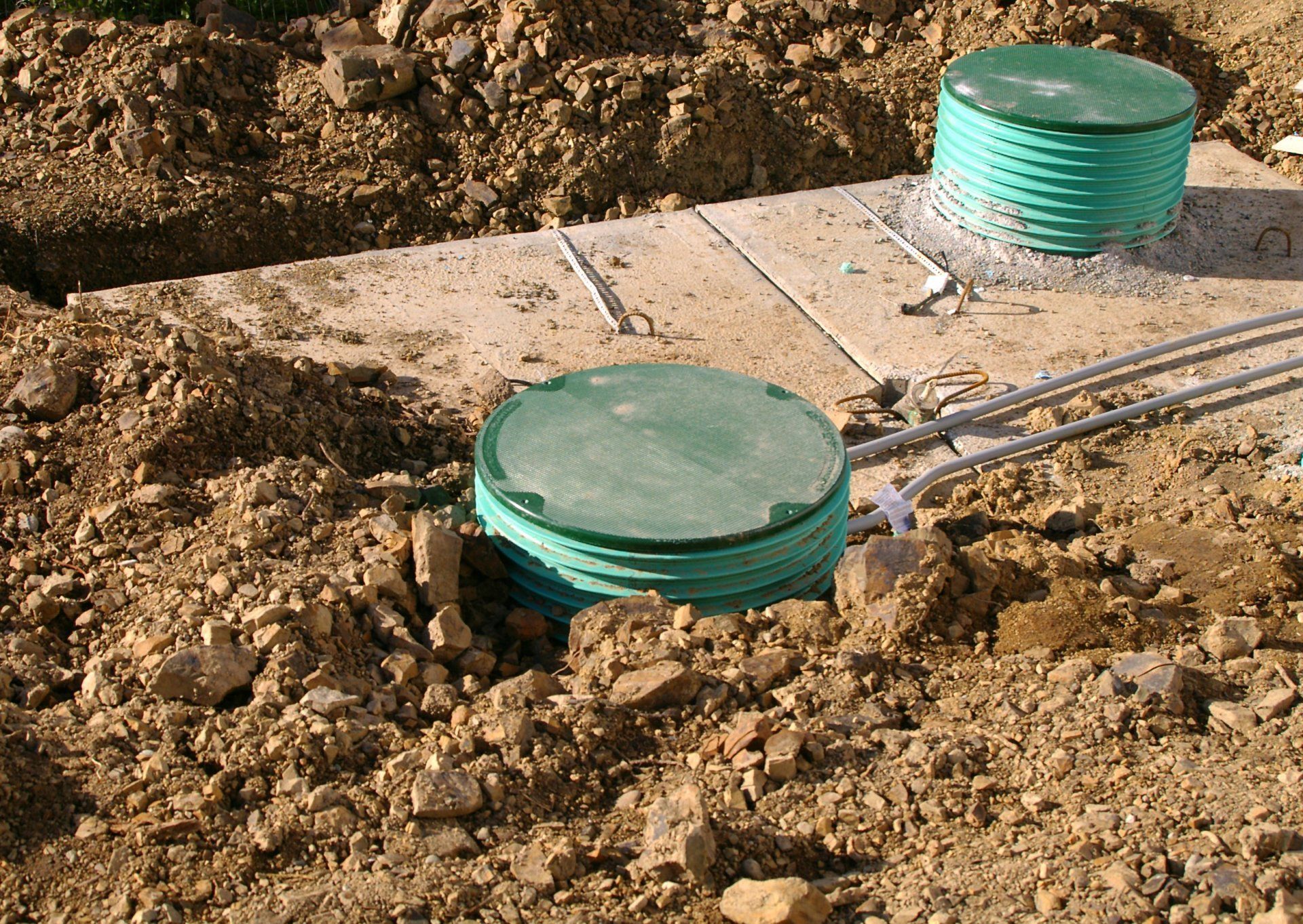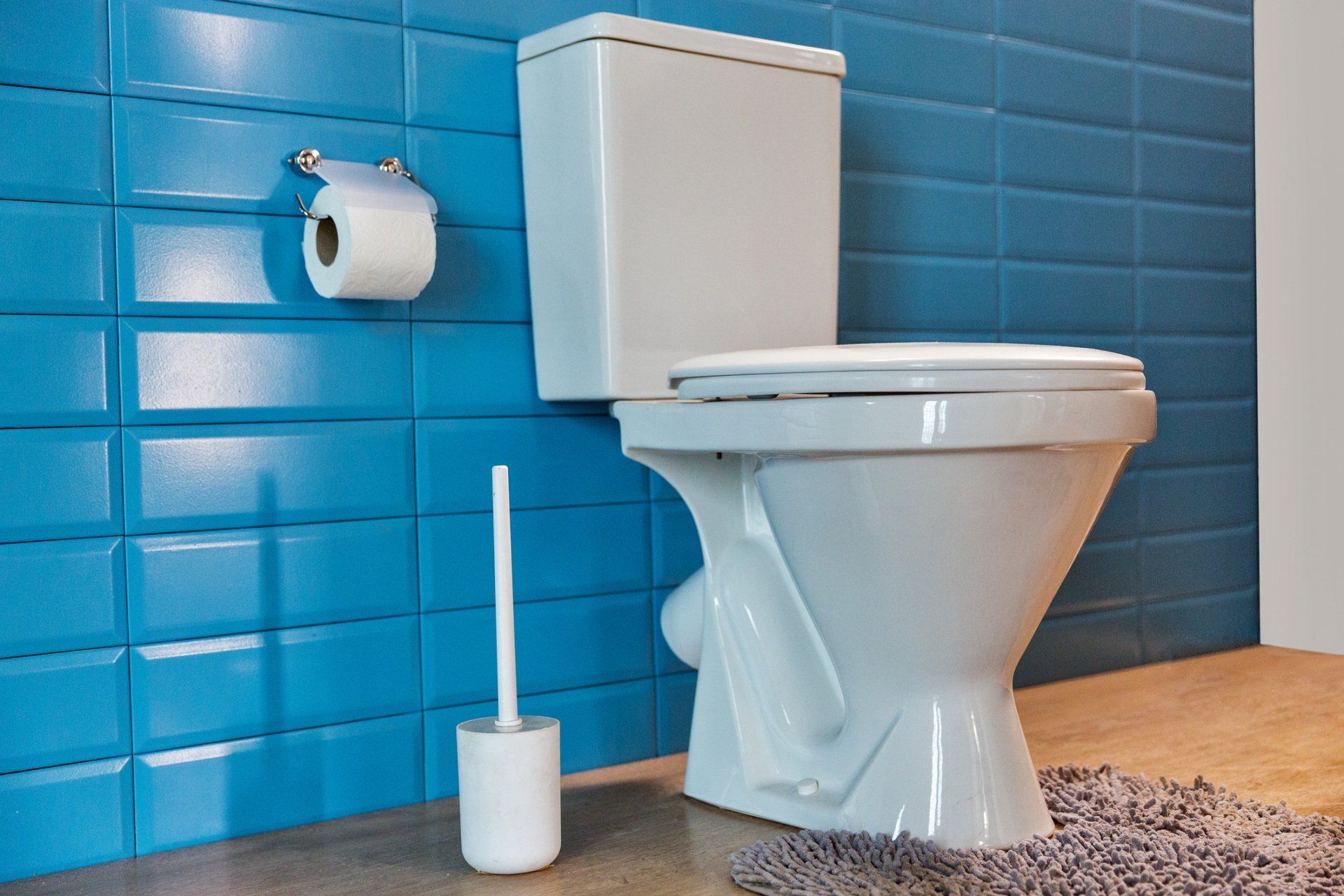5 Facts All Homeowners Should Know About Main Sewer Lines
February 20, 2018
Where does all of the waste and water that you send down your drains end up? If you live in a suburban or urban area, it probably ends up in a public sewer. But first, it needs to flow out of your home through a large pipe known as your main sewer line. If something goes wrong with your main sewer line, every drain in your home is affected. So as a homeowner, there are certain facts you should know about this pipe.
1. YOUR SEWER LINE IS YOUR RESPONSIBILITY
Some homeowners are under the assumption that the sewer line connecting their home's drain pipes to the public sewer belongs to their town or city. However, this is actually the last pipe in the path from your home to the sewer that is your responsibility to maintain.
Public ownership begins at the larger sewer line that your main sewer line empties into. Since you need to pay for repairs and replacement, taking care of your main sewer line is a budget-friendly choice.
2. SEWER LINES ARE MADE FROM CLAY, CAST IRON, OR PVC
If you have an older home, you probably have a cast iron or clay sewer line. Newer homes often have PVC sewer lines. Each of these materials has its pros and cons.
Clay is inert; it does not break down if you use drain cleaners or when other chemicals are rinsed down your drain. However, it is prone to cracking. Cast iron won't crack and can withstand tremendous pressure, but it does eventually rust, especially when exposed to certain chemicals. PVC pipes are resistant to clogs, thanks to their smooth surface, but they are prone to collapse if not well supported by gravel.
3. SEWER LINES ARE ABOUT FOUR INCHES IN DIAMETER
Knowing the diameter of these pipes helps you better understand why they clog so easily. Main sewer lines are smaller than most homeowners imagine. Building requirements typically require that they are at least three inches in diameter, and most sewer lines are only four inches across.
These wider pipes are less likely to clog than the narrow drain pipes in your home, but they are more prone to clogs than larger public sewer lines.
4. MOST CLOGS ARE CAUSED BY TREE ROOTS
Tree roots are at least partially to blame for most main sewer line clogs. Even if the roots themselves do not clog the pipe completely, toilet paper and other waste matter can get caught on the tree roots and cause a more solid blockage.
Tree roots are attracted to sewer lines because the lines are a good source of moisture and nutrients. Clay pipes are especially prone to root invasion because the roots can crush and crack the pipes. However, roots may also grow into older, rust-weakened cast iron pipes or cracked PVC pipes.
To help prevent root invasions, avoid planting trees and shrubs near your main sewer line. Also, avoid flushing anything other than toilet paper so that if you do have root growth in your sewer line, items do not get caught and make the blockage worse.
5. REPLACING A SEWER LINE DOES NOT ALWAYS REQUIRE EXCAVATION
If your sewer line does become badly damaged or overgrown with tree roots, your sewer company will need to replace the line. However, this does not always require excavating the old line as you might assume.
Many sewer companies now use trenchless replacement methods to minimize landscaping damage. Your technician sends a hydraulic head down into the sewer line, breaking up what remains of the old pipe. Then, a new pipe is pushed down into the space.
Now that you know these five essential facts about your main sewer line, you’ll be better equipped to make sure it’s properly maintained.
If you have any questions about your main sewer line or suspect that it may not be operating properly, contact Roto-Rooter. We specialize in unblocking sewer lines.
